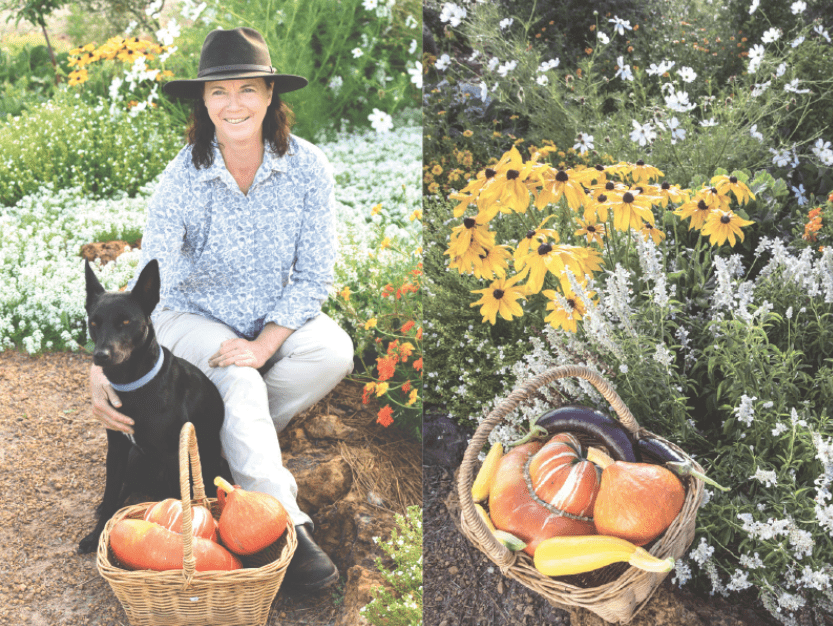
Whicher Ridge winery near Busselton in Western Australia doesn’t leave the wine sensory experience in the cellar door – it has established a wine sensory garden.
Cathy Howard, a winemaker with 25 years of experience, is also passionate about gardening – hence the unusual cellar door feature.
“My grandfather, then my father, were both influencers in my passion for gardening,” she says.
“I have never done any formal training in gardening, but have adopted many commonsense farming practices and ideas that I learnt when studying viticulture at Ag College in South Australia, in regards to soil pH and fertility that we use day-to-day here on the farm and in the vineyard to assist me with growing the best possible garden that I can.”
The wine sensory garden is 42 metres x 25 metres, bordered by olive hedges on two sides (east and north) and a lilly-pilly hedge on the southern boundary. The hedges were planted in December 2013, and the wine sensory garden was planted in September 2014. The garden is themed with a mix of fruit trees, vegetables, herbs, flowers and coloured foliage plants. It features a figure eight design with curved, flowing pathways designed loosely on a formal kitchen potager garden, and central circular ‘affinity’ beds and outer encircling ‘descriptor’ beds for each wine variety.
“As far as we know, it’s the only one in Australia, apart from a small one at the Waite Institute in Adelaide,” Cathy says.
“We wanted a real point of difference in the type of experience we were offering to our visitors to the winery, vineyard and cellar door.”
Her inspiration came from reading about the wine sensory garden at Kendall Jackson Wines in the Napa Valley, which she has on her bucket list to visit one day.
“The olive trees, lilly-pilly hedges and fruit trees still have some growing to do to reach their mature height and stature, but the bones of the garden are taking shape and a vibrant kaleidoscope of colour is now emerging, themed to our wine varieties that we have planted and styles of wine we make,” Cathy says.
“Such a garden adds a bit extra to a garden experience by enhancing all five senses of sight, smell, touch, hearing and taste as you wander through it.”
Coloured flowers and foliage add interest and vigour. Fragrant herbs and flowering plants are used to excite the sense of smell. There are various plants and garden ornaments that are used to explore the sense of touch. Taste treats are added through a sensory garden with fruits and seasonal plantings of vegetables as well as culinary herbs and edible flowering plants, which the visitor can pick and crush between their fingers, then smell and taste.
“A wine sensory garden builds upon this experience with plantings themed to a particular wine variety. It is a gentle and subtle way to introduce various food and wine matches to visitors who love wine, or food, or gardening, or maybe all three,” Cathy says.
With our passion for gardening, and living in a Mediterranean climate with good naturally free-draining sandy loam, ironstone based soils and access to water, we are lucky that gardening and growing a huge range of fruit, vegetable and herbs is achievable. Our garden is designed to give the feel of a kitchen potager garden as you walk around it.
There are six main sections, each devoted to a specific wine variety. Each variety has two beds; one is the descriptor bed planted out with specific fruit trees, flowers, vegetables and herbs which have colours, flavours and aromas that describe the flavours in that wine. Adjacent to this bed is the affinity bed, which has plantings of various fruits, seasonal vegetables and herbs which have an affinity for, or which match with that particular wine. These affinity beds are aimed at giving visitors ideas of what types of food will match, quite simply and easily, with that particular wine.
The circular beds are in deliberate contrast to the regimental south-north vineyards rows adjacent to the sensory garden area.
“We now have a vibrantly-coloured garden with a number of resident native birds (including blue wrens, willy wagtails and robin redbreasts). The garden has also attracted native bees, beneficial predatory insects and European honey bees, which are all complementary and exceedingly useful for the vine health and natural balance in the adjacent vineyard,” says Cathy.
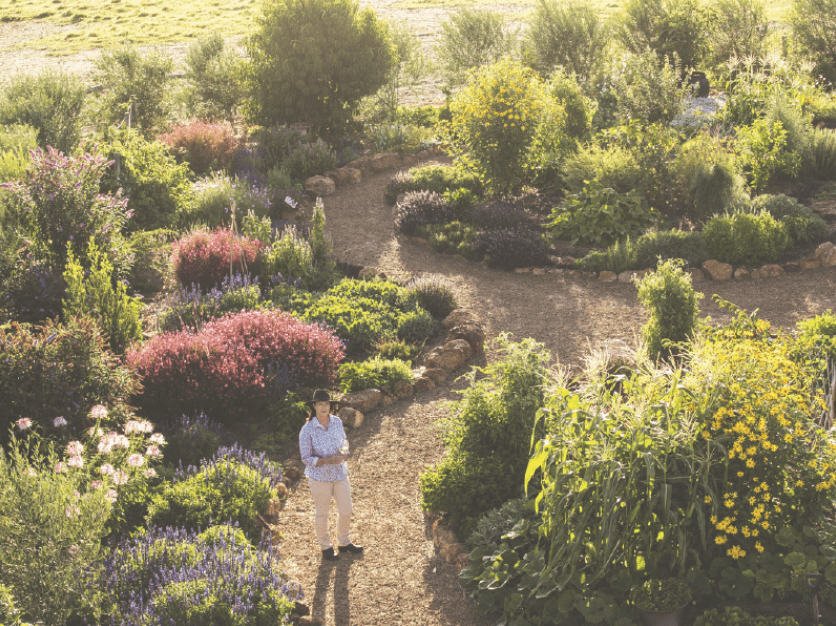
Farm-made compost is used in the garden made from winery solid waste (grape skins and stalks). They are also growing from seed and propagating heirloom vegetable, herbs and flowers; many of these perennials are now self- seeding in the descriptor beds.
The garden is planted and maintained following organic gardening principles, and the aim is to encourage beneficial insects, butterflies, bees and birds by allowing many herbs to flower as well as having year-round flowering annuals and perennials.
The venture seeks to demystify the whole wine-food pairing and matching experience. “It doesn’t have to be an elaborate gourmet meal,” Cathy says.
“Food and wine pairing can be very easy to do and very simple to achieve. Our garden provides inspiration with its suggestions of various herbs, fruits and vegetables to use in a meal. Wine and food matching can be as simple as using a particular herb in a salad or sauce.”
There are challenges with such an elaborate garden. “We live in a very windy area and it drives us mad here some days,” says Cathy. “We do have a number of plants with distinct leans to the north. We also have rabbits and kangaroos nibbling on young plants, and native parrots and silver eyes feasting on fruit. And with our soils, keeping the weeds at bay is a constant challenge, and keeping the garden interesting and colourful and inspiring to walk through in all seasons is a challenge I relish.
Our garden is truly organic in many ways, and is constantly changing and evolving and taking on its own personality with many self-seeded plants (flowers, herbs and vegetables) popping up naturally filling in spaces.
She says about 65 percent of cellar door visitors enjoy the garden. “It does depend on the weather,” Cathy says. “It’s more popular on a warm day and when the garden is at its best and most colourful. It looks good most of the year, but is least colourful right now in winter. It is at its best from late spring onwards, through summer and into early-mid autumn.
“If it is raining, I have brollies on hand for anyone who wants to walk around the garden in spite of the weather, and some do. I am starting to get more people wanting to go through the garden as they have heard about it from friends who have visited.”
Cathy is working on an event at this year’s Margaret River Gourmet Escape, which will be a fringe event featuring the sensory garden and a moveable dinner.
The garden is a big job, with Cathy having the winemaking to look after as well. “There is never a quiet or dull moment here,” she says.
Cathy has been selected as one of nine commissioners on the newly-formed APC Wine Producers Committee.




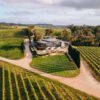

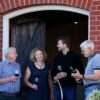




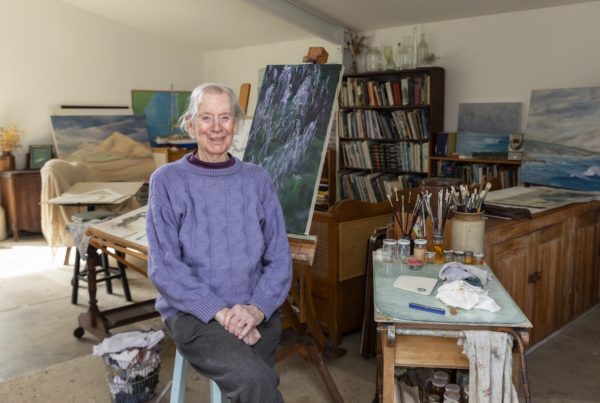

Recent Comments